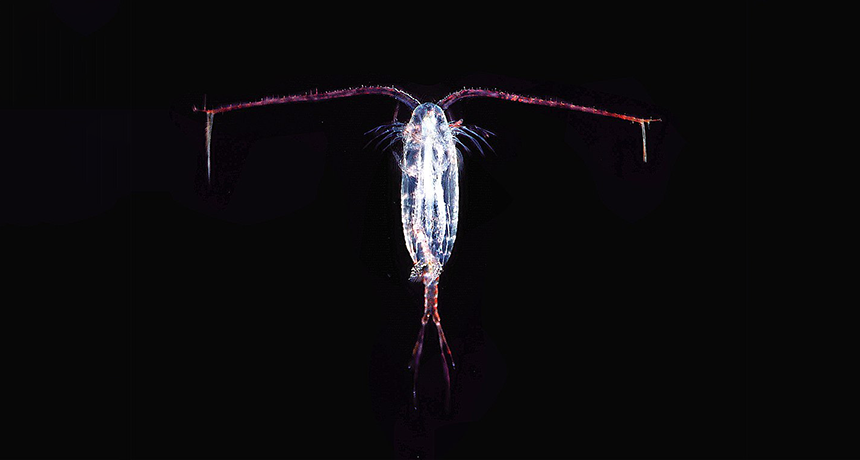Questions for ‘Welcome to the Arctic’s all-night undersea party’

Tiny but mighty, this copepod is one of many Arctic animals that stay active throughout the long winter night.
Epipelagic/Wikimedia Commons (CC BY-SA 3.0)

Tiny but mighty, this copepod is one of many Arctic animals that stay active throughout the long winter night.
Epipelagic/Wikimedia Commons (CC BY-SA 3.0)